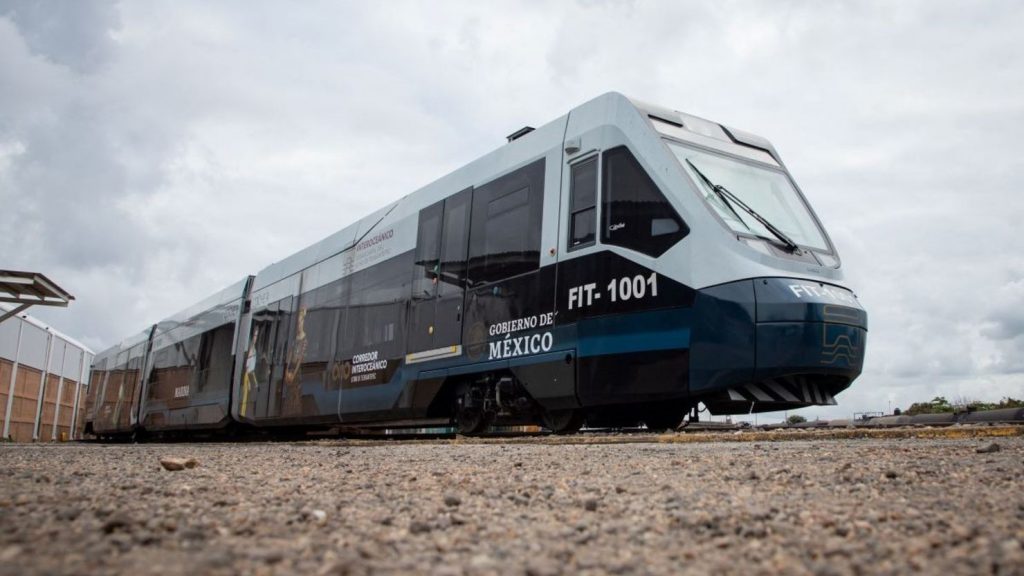By Bernardo Moreno
The history of railroads in Mexico dates back to the 19th century when the first railway lines were built to connect Mexico City with other states and major ports. During the Porfiriato era, the rail network expanded, driving the country’s economic growth. After the Mexican Revolution, the railway industry was nationalized in 1937, allowing the government to control and regulate the sector.
By the end of Lázaro Cárdenas’ presidency, Mexico’s alignment with the United States grew closer, gradually transforming into a liberal state. State-owned enterprises were increasingly handed over to private capital. In the 1990s, following the strategic abandonment of Ferrocarriles Nacionales de México (FNM), several concessions were granted to different companies under the narrative of improving freight and passenger services. In reality, the few remaining passenger routes almost completely disappeared, and the benefits went solely to the new concession holders.

During President López Obrador’s administration, the construction of several train projects began: the Trend Maya, spanning 1,554 kilometers through the states of Chiapas, Tabasco, Campeche, Quintana Roo, and Yucatán; the metropolitan line Mexico-Toluca, also known as “El Insurgente,” connecting the metropolitan area of Toluca with western Mexico City; and the Interoceanic Train, aimed at facilitating freight and passenger transport between the Pacific and Atlantic Oceans.
Today, President Claudia Sheinbaum’s administration plans, on one hand, to complete these projects and, on the other, to begin constructing new routes—an ambitious project covering over 3,000 kilometers of railway tracks. There are two main lines starting from Mexico City to Querétaro. From there, one line extends north, passing through San Luis Potosí, Saltillo, and Nuevo Laredo, while the other runs westward to Nogales via Irapuato, Guadalajara, Tepic, Mazatlán, Los Mochis, Guaymas, and Hermosillo. A third route would connect the Felipe Ángeles International Airport (AIFA) to Pachuca. The project is divided into three phases, with the first phase already underway: Mexico City-Querétaro, AIFA-Pachuca, and Saltillo-Nuevo Laredo. The goal is to complete the entire project by 2029.
For the current government, passenger rail transport has become a priority for national development—improving connectivity between cities and communities while providing efficient and safe service. Additionally, it will reduce highway congestion and promote more sustainable transportation.
Although we know the major cities the train will pass through, the specific stops have yet to be detailed. It would be ideal if one of them were San Miguel de Allende. That wouldn’t be bad at all!











